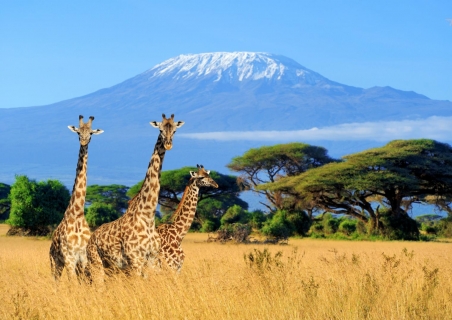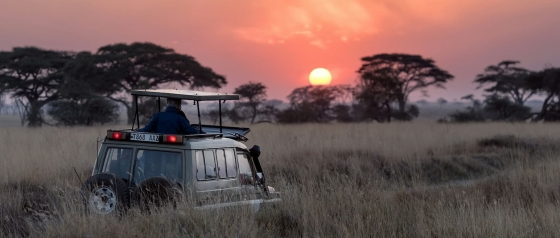Mount Kilimanjaro Weather and Climate: A Comprehensive Guide
The Kilimanjaro has two rainy seasons and two dry seasons each year. In the period February-May the Kilimanjaro receives a lot of precipitation, especially in April. Because of the wind direction the southern slopes of Kilimanjaro receive considerably more precipitation than the northern ones. A large part of the precipitation above the treeline consists of snow and hail, the majority later evaporates. Only on the glaciers there is snow year round.
The driest period of the year runs from July to October. A second rainy period follows in November and December, however there is less rainfall in the second rainy season than during the first rainy season. In the month of January a short dry period starts again.
The temperature on the Kilimanjaro decreases considerably as you get higher. While at the foot of the mountain the temperature can rise to above 30°C the average temperature at the level of the Kibo crater can be -7°C at the same time. Below you can find weather averages from the foot of Kilimanjaro.
Average maximum day and minimum night temperature
In Mount Kilimanjaro temperatures are generally consistent throughout the year. Average daytime temperatures reach a comfortable 24°C in February. In July, the coolest month of the year, temperatures drop to a pleasant 20°C.
At night, you can expect cooler temperatures, with averages dropping to around 10°C during this month. Check out our detailed temperature page for more information.Temperature ranges by month
Precipitation and rainy days
Mount Kilimanjaro experiences significant rainfall throughout the year, averaging 3412 mm of precipitation annually. Mount Kilimanjaro can be quite wet during April, receiving approximately 594 mm of precipitation over 23 rainy days. In contrast July, experiences much drier conditions, with 49 mm of rainfall, spread across 10 rainy days. For more details, please visit our Mount Kilimanjaro Precipitation page.The mean monthly precipitation over the year, including rain, hail and snow
overcast and heavy rain overcast and heavy rain broken clouds and rainForecast for Mount Kilimanjaro
The best time of year to visit Mount Kilimanjaro in Tanzania
During the months of January, February, March, April, May, June, August, September, October, November and December you are most likely to experience good weather with pleasant average temperatures that fall between 20°C and 26°C.Other facts from our historical weather data:
February has an average maximum temperature of 24°C and is the warmest month of the year.
The coldest month is July with an average maximum temperature of 20°C.
April tops the wettest month list with 594 mm of rainfall.
July is the driest month with 49 mm of precipitation.
No idea where to travel to this year? We have a tool that recommends destinations based on your ideal conditions. Find out where to go with our weather planner.




